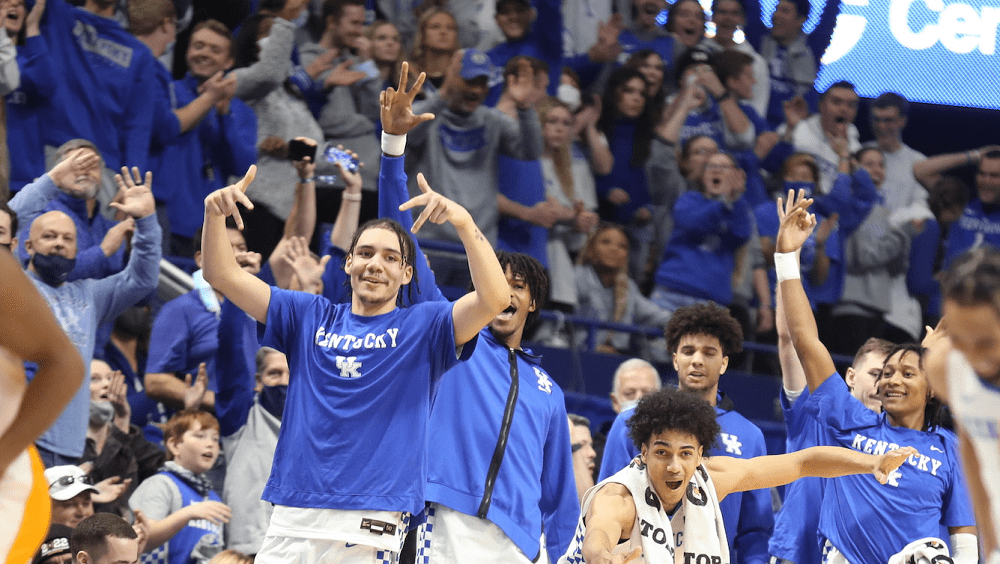
Kentucky might not need to go deep on the bench to have a team that can make the Final Four. (Vicky Graff Photo)
TyTy Washington, Savhir Wheeler, Kellan Grady, Davion Mintz, Oscar Tshiewbe, Keion Brooks and Jacob Toppin — those are the seven players that have carried this 2021-2022 version of the Kentucky Wildcats to a 14-3 record and a No. 17 (soon to be higher) ranking in the USA Today Coaches Poll.
To me, seven key players in a consistent playing rotation just doesn’t seem like a lot. In fact, it seems like it would be better to have 10 players that can all play equally well. It also seems like 9-10 players would create a greater insurance policy for the team; no one wears down during a game or during the season plus if there are any injuries the extra players in the rotation can carry the load.
Even UK coach John Calipari thinks a larger rotation of players that can play significant minutes is a good thing. He said recently, “You have got to have a whole team. The reason is always next man up. Sometimes it can be an injury. Sometimes not playing well. Sometimes foul trouble. The more (players) you have, the more chance of error you can overcome. If you are playing five or six guys and two guys get hurt, you are in trouble.”
So it sounds like Calipari believes a larger rotation of players is a good thing.
But is it? Does having a larger rotation of players — oh, say, nine or 10 — really make it easier to make a long run in the NCAA Tournament? Logic would seem to say yes but past history may tell us something different.
During Calipari’s past 12 seasons he has made four trips to the Final Four – – in 2011, 2012, 2014 and 2015. In 2014 Kentucky was National Runner-up and in 2012 the Wildcats won it all. Winning a National Championship is the gold standard for Kentucky Basketball and at least making the Final Four seems to be the goal for every Wildcat team. Anything less than that can be considered a very good but not great season.
It appears that the 2011, 2014, 2015 and especially the 2012 teams should be held up as models to follow for every UK team. After all, those teams reached the initial goal for Kentucky Basketball — a Final Four appearance — and the 2012 team achieved the pinnacle of success — a National Championship.
So knowing that those teams are the model for success what type playing rotation did they have? Glad you asked.
In looking at each of those teams three of the four had player rotations (players that averaged more than 10 minutes per game) that were either six or seven players.
The 2011 team had a six-man rotation that consisted of Brandon Knight, Terrance Jones, Doron Lamb, Darius Miller, DeAndre Liggins and Josh Harrelson. That’s it. The next player with any kind of minutes was Eloy Vargas at 7.7 minutes per game. That team made it to the Final Four.
I get it, some reading this article might be thinking, “Yeah but that was a flukey year, Knight got hot and ….” and that may be valid so let’s look at the other teams.
The 2012 team is the gold standard of the Calipari era. They won it all. So what did their playing rotation look like? That team played seven players that had significant minutes. Those players were Anthony Davis, Terrance Jones, Doron Lamb, Michael Kidd-Gilchrist, Marquis Teague, Darius Miller and Kyle Wiltjer. Next in line was Eloy Vargas at six minutes per game.
So that’s two of John Calipari’s best teams that had a six- or seven-man rotation.
Now, what about 2014? That team made it to the Final Four. What did its rotation look like?
It actually looked a lot like 2011 and 2012. That 2014 team played seven players — Julius Randle, James Young, Aaron Harrison, Andrew Harrison, Willie Cauley-Stein, Alex Poythress and Dakari Johnson. The next guy in line, Dominique Hawkins, averaged 8.6 minutes per game.
Now, to be fair, the 2015 team is an outlier to the whole playing rotation trend. They are the only John Calipari team that reached the goal of a Final Four appearance and played more than seven key players per game. That team actually played nine players that averaged more than 20 minutes per game and the 10th player — Marcus Lee — averaged 10.9 minutes per game. Of course, that team was loaded with talent and had a 38-0 record before ultimately losing to Wisconsin in the Final Four.
So there you have it. The teams that have been very successful — Final Four or better — under Calipari have 75 percent of the time played a six- or seven-man rotation. Without going into detail the other teams that did not make a Final Four or better under John Calipari — 2010, 2013 and 2016-2020 — all played an eight- or nine-man rotation.
As the season winds down watch the playing rotation. If all of a sudden Daimion Collins, Bryce Hopkins, Lance Ware and/or Dontaie Allen all jump up and start getting more than 10 minutes per game, based on past history of successful UK teams that’s not a good sign.
Every UK fan should keep his or her fingers crossed and a lucky rabbit’s foot in a pocket to help ward off any injuries, sicknesses, foul trouble or bad shooting nights for the current seven-man rotation on this team.
After all, the Tennessee Volunteers found out that a seven-man rotation can be pretty good when they are defending, passing, and shooting the ball like the Cats have been lately.

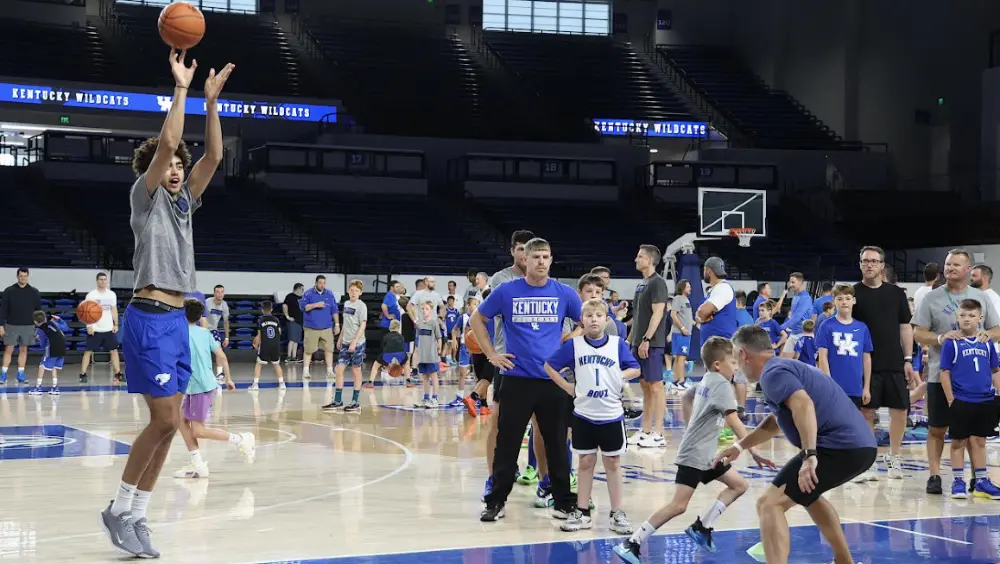
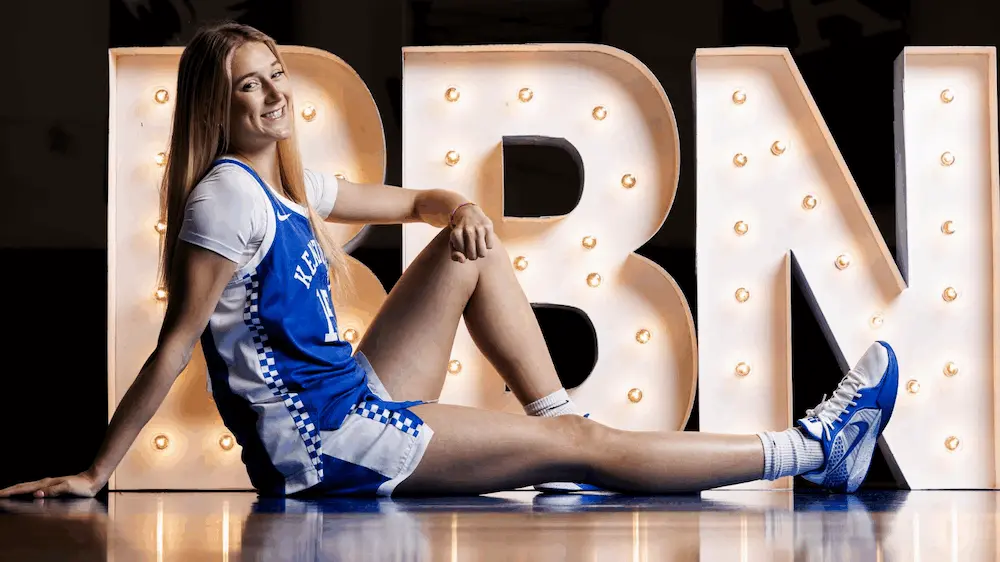
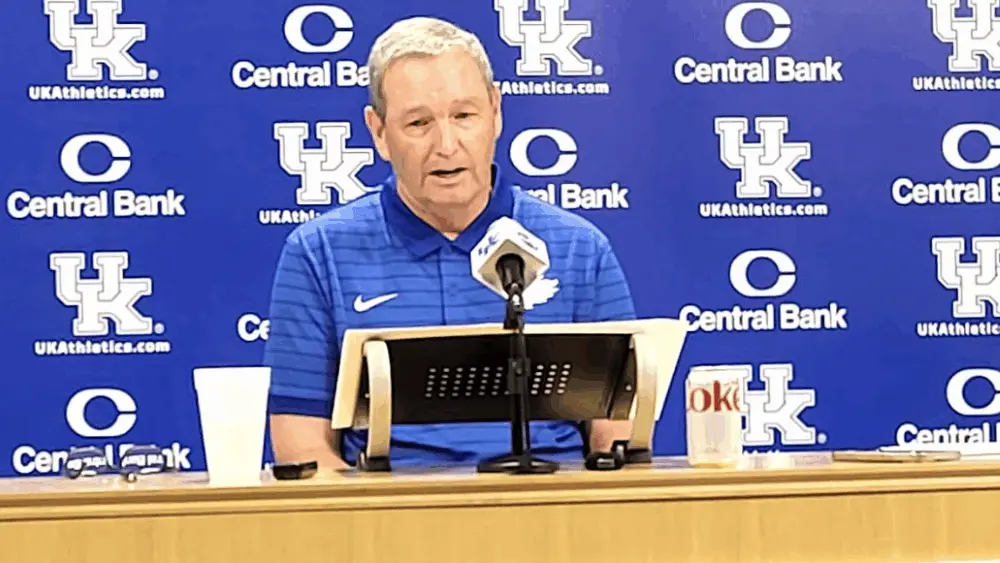
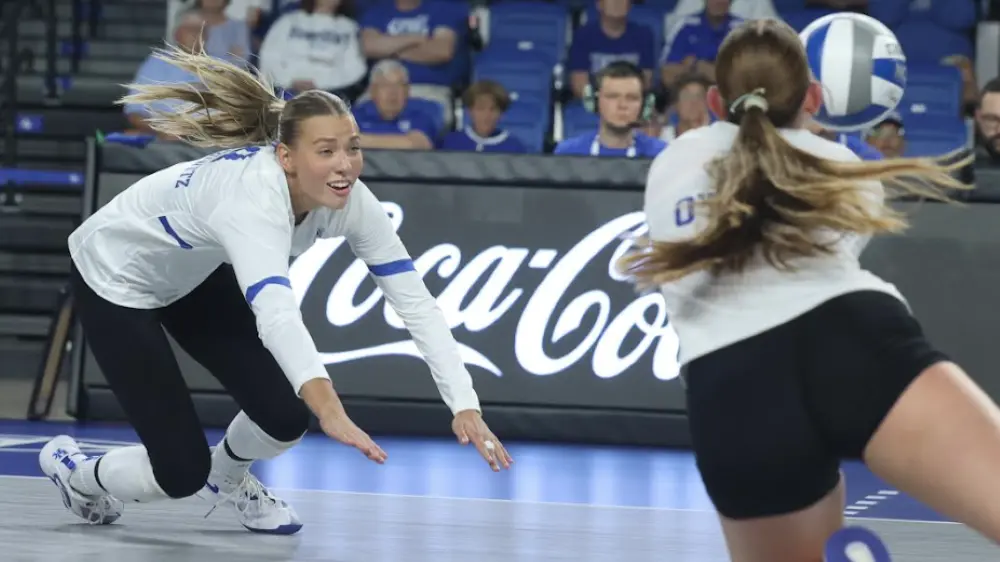
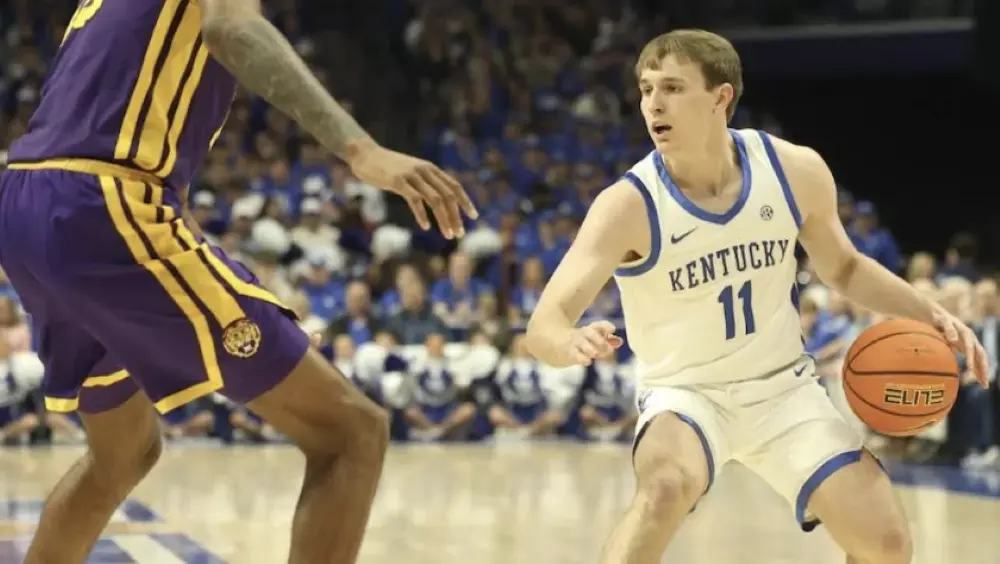
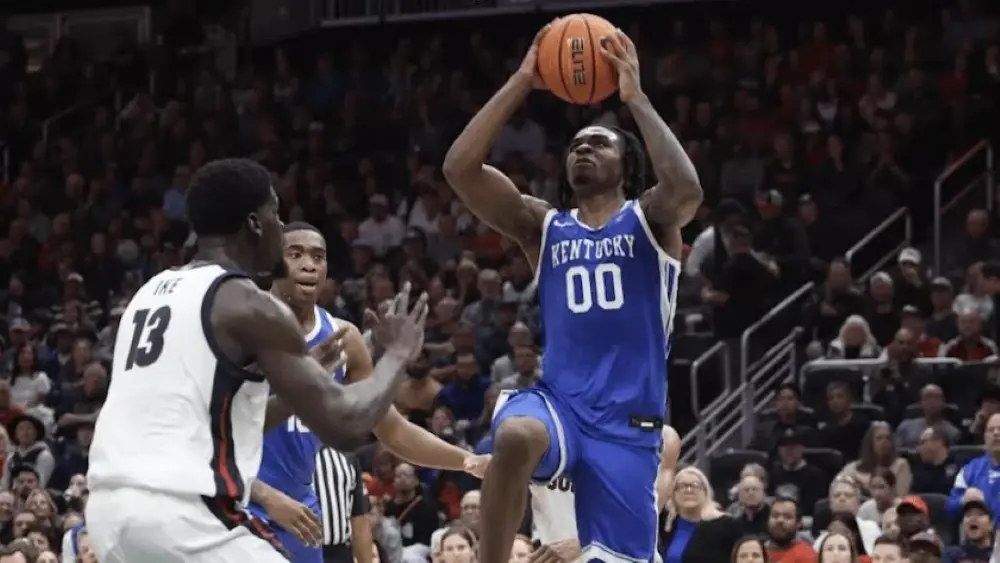
2 Responses
With Wheeler back and Hopkins showing some promise, you can play most of the minutes with 7, barring injury or foul trouble, but you need to keep giving 2 or 3 more enough PT to keep them engaged. That leaves Collins as a project for next year and leaves Allen with the short end of the stick AGAIN. Forget Sharpe, he would just disrupt the chemistry. He can be the man next year.
Looking ahead to next year, I see Ware, Brooks, Toppin, Sharpe, and Fredderick as starters. Hopkins and Collins will support the frontcourt. If Allen is still here, he may get some PT supporting the backcourt. This assumes that Fredderick can play the point…I don’t see Wheeler staying another year. It would be nice to pick up another point guard and another big who is actually big.
I don’t think the kids he got coming in next year are coming to be back ups 3 of the kids coming in next year will start.sharpe for sure Livingston is a beast that is already stronger then anyone but Oscar and Wallace has to be on court if not just for his defense.top class ever maybe they coming to start.back to topic I think 7 man roster is key to this teams success we done seen in previous games when cal does bring in 2or 3 off bench any order the team stalls till starters come back in.I do think Hopkins can be that 7th man or a 8th man that cal has no choice to play if he eventually figures it out.